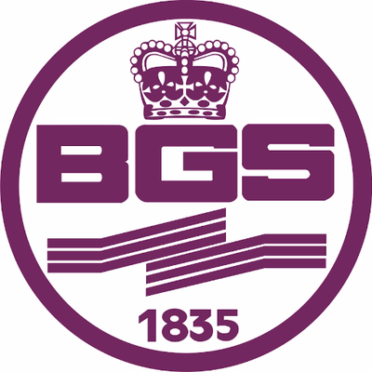Two earthquakes, sounding like “thunder”, were felt by residents in Glen Coe in the Highlands.
People who live in and around Ballachulish told of hearing a “very deep” rumbling sound on Wednesday evening.
British Geological Survey, which records seismic activity, detected a magnitude 1.9 earthquake at 5.40pm and a magnitude 1.7 quake six minutes later.
BGS said the quakes were “felt in Ballachulish and North Ballachulish by several residents who described, ‘a very deep, sudden rumble’ and ‘sounded like really loud thunder’.”
Scotland has been battered by more than 4,000 earthquakes over the past half-century, say experts.
But nearly all have barely shaken, rattled and rolled.
There have been a number of tremors over Scotland in the last few months as the Earth’s crust moves under pressure.
The largest-known Scottish earthquake occurred near Loch Awe in 1880, with a magnitude of 5.2.
The largest-known earthquake to ever hit the UK had a magnitude of 6.1 on 7 June 1931 in the North Sea.
It was felt across most of Britain with damage reported from 71 different places.
The most damaging UK earthquake was in the Colchester area in 1884. Some 1200 buildings needed repairs, chimneys collapsed and walls were cracked.
There are roughly 200-300 quakes in Britain every year, but the vast majority are so small that no one notices them. However between 20-30 are over 2.0 magnitude which can be felt over a wider area.
